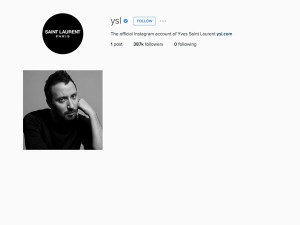By GRACE BERNARD
In a world filled with a never-ending stream of violent crimes, it seems as though the media always finds a way to keep the drama going.
The story of Ethan Couch is the perfect example.
The now 19-year-old’s name may sound familiar, but you probably know him better as the “affluenza” teen.
Couch, then 16, made major headlines when he received 10 years probation after being convicted of killing four people and paralyzing one while drunk driving.
The real story came after a psychologist testified for the defense that Couch should receive a lighter sentence because he was a victim of “affluenza.” Spelled out, this basically means he was a spoiled rich kid whose parents never set limits for him, therefore he didn’t understand the consequences for his actions.
This one word added to the perfect storm that already was Couch’s case: erratic parents, mental illness, lots of money and lots of drugs, just to name a few variables.
Very few news outlets neglected to mention the fact that Couch’s sentence is consistent with the norm as “very infrequently does a nonviolent, non-intentional crime land a juvenile in jail,” said Michael Yanof, one of Couch’s attorney’s.
Since the incident, Couch has been no stranger to headlines due to a series of parole violations. From a video of him at a party to a desperate flee to Mexico that landed him in jail. The media has continuously publicized this real-life Lifetime movie.
And this week, Couch is making headlines because, per the terms of his probation, a judge sentenced him to two years of jail time. This was always a possibility as a CNN article explained that “Tarrant County Prosecutor Riley Shaw has said the time to punish Couch for probation violations as a juvenile effectively expired when he turned 19.”
From a journalistic standpoint, it’s time to consider at what point this constant crime-reporting goes too far?
The details of the car crash are gruesome and lengthy. Couch’s actions have had far-reaching consequences on many people. Not to mention the families of the victims were extremely upset at what they considered to be Couch’s very light sentence.
While journalists have the total right to publish these kinds of stories, it’s important to question how to attain balance between reporting news and respecting the victims of any crime, no matter how horrific.

